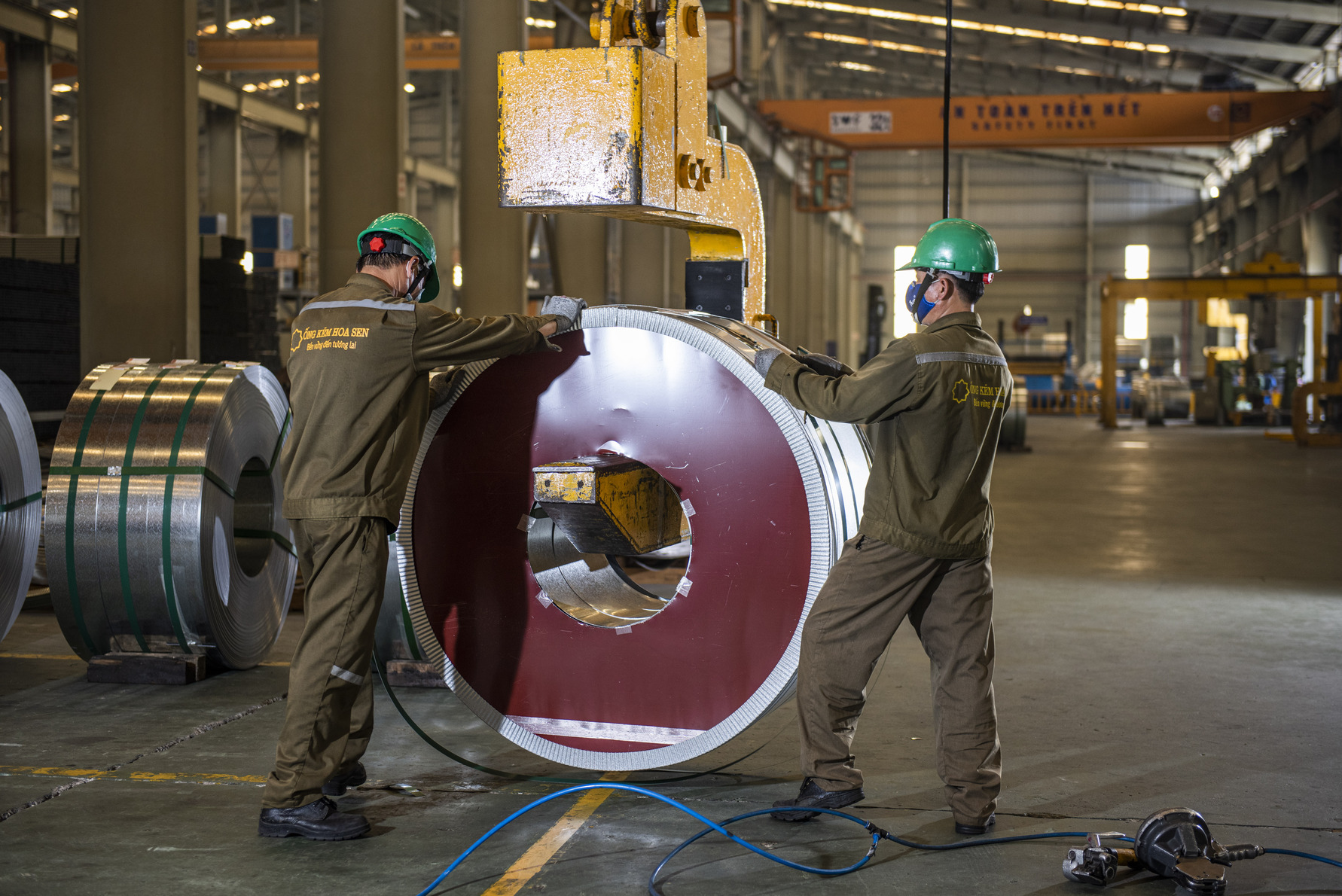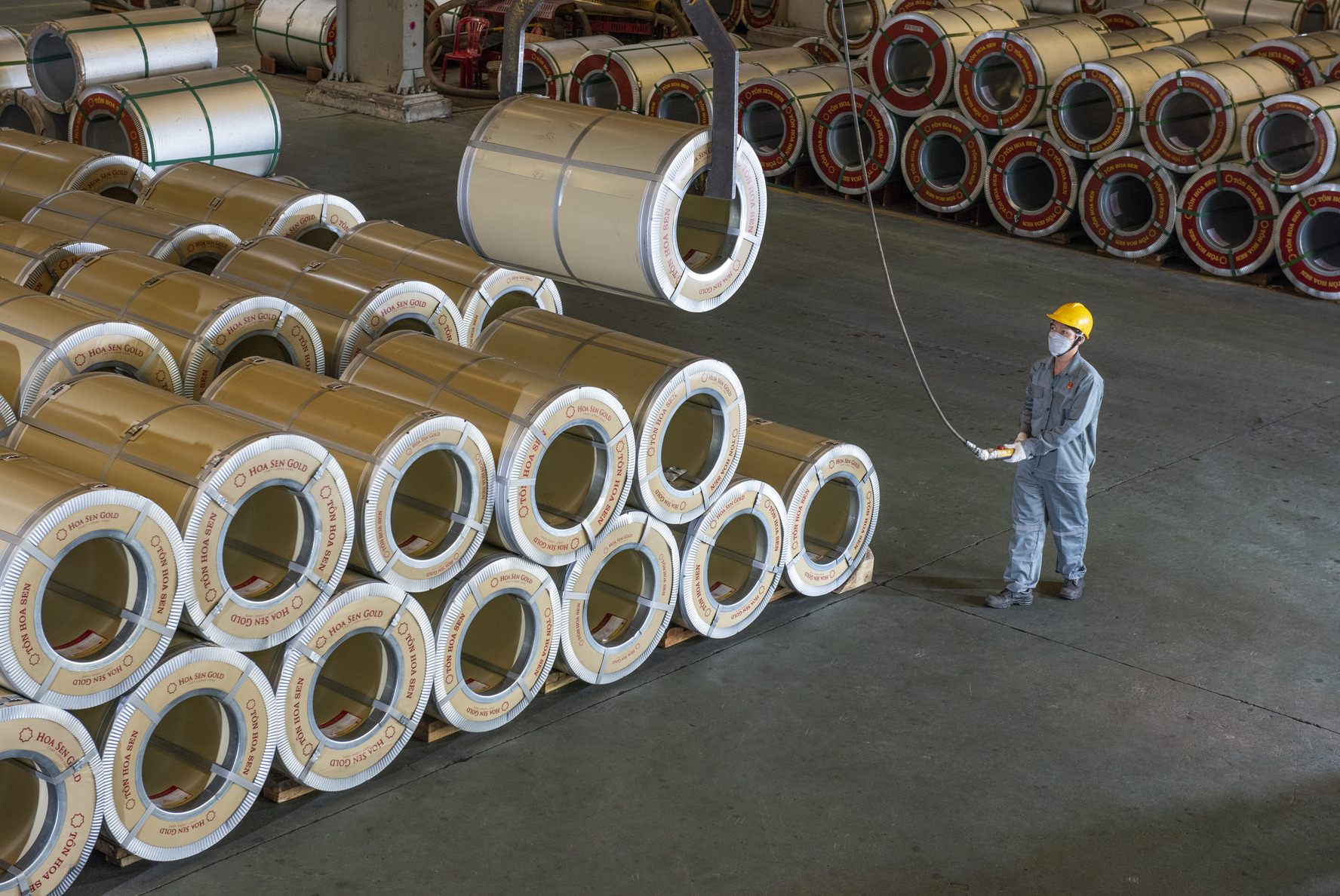Germany steel industry in good shape
.The inventory perception index was 18.75, indicating that market participants predicted much lower stored steel volumes in April. This matched market members' forecasts in March, when the index was around 37, indicating fewer projected inventories than in February.
Traders and producers agreed that inventory levels would be much lower in April, particularly on the longs steel side, where most mills were reportedly selling from stock.
Steel producers doubled down on their stance on depleting inventory levels for April with an index of 12.50, down from when the index stood at 35 for March. Traders expected inventory levels to be stable in March with an index of 50, but it fell to 25 for April emphasizing the market trend.
On the flats steel side, production capacities were near-unanimously expected to reduce in April due to sky-rocketing energy costs related to the war in Ukraine, with some Electric Arc Furnace mills heard as limiting production to three days a week, and energy surcharges imposed on some existing mill contracts.
As such, and with buyers limiting purchasing to necessary coverage, inventory levels were consequently expected to decrease through the quieter summer period into the second half of 2022.
Production outlook edged lower from March as the index slid 13 points to 29 for April, still suggesting mills were in no hurry to produce. Steelmakers continued to operate at a low level of capacity utilization, following several production cuts in Europe over the last few months.
German long steel prices seen rising
Traders and manufacturers were equally optimistic about pricing for long steel products, but the market was split on flat steel, with the April index at 75 points, down 2.5 points from March.
Most long steel producers were reported to be supplying material on the market at irregular intervals and selling largely from stock, resulting in a supply shortfall that well outnumbered demand.
Sources noted that customers were more concerned about product availability as compared to prices. In the meanwhile, domestic steel mills were heard to be adjusting to rising energy costs and scrap availability issues amid transportations strikes driven by high fuel expense.
As a result of the supply-demand imbalance and high expenses, market players projected prices to continue to climb.
However, several flats steel market players remarked that panic buying was waning and that the market had already peaked. As a result, price levels will either remain steady or fall in April, with most analysts remaining positive on pricing developments.
Due to buyer opposition to additional rises, limited credit lines, and current high inventory levels for purchasers throughout the market, prices in the EU flat steel market fell for the week of April 1.
Buyers' high inventory levels were said to be limiting transactional activity, with most mills and buyers opting to wait and see rather than refilling at a significant cost.
The materials and information on this article have been prepared or assembled by Viet Nam Steel and are intended for informational purposes only.

